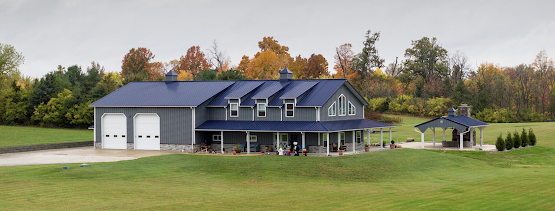 |
| Superior High School in Mineral County, Montana. The county received
nearly $900,000 in 2024 from the Secure Rural Schools bill. (Photo by Darrell Ehrlick, the Daily Montanan) |
A lack of support in the U.S. House to fund a 20-year-old program will leave rural schools in 41 states without vital money. Western states will likely feel the pinch first. "For years, the Secure Rural Schools and Community Self-Determination Act has sent hundreds of millions of dollars to counties with federal land within their borders," reports Alex Baumhardt of The Daily Montanan. "In the West, the money has largely helped keep county and school budgets whole following reduced logging and a reduction in timber revenue."
Although the Senate reauthorized the bill in November, the House failed to find a compromise to keep the bill funded, and it died without a vote. "Democrat Ron Wyden, who co-authored the original bill in 2000 said the failure to approve the money will create needless pain for rural communities," Baumhardt writes. "Idaho Sen. Mike Crapo, a Republican who worked with Wyden to get the bill passed in the Senate, said he shared Wyden’s frustration."
In Oregon, the bill's funding goes to 30 of the state's 36 counties and "typically pays up to $80 million a year for schools and roads in Oregon along with wildfire prevention and conservation work. . . . Oregon has received $4 billion in funding from the bill in the last 24 years," Baumhardt reports. Other states also have received healthy chunks of support. In 2023, "12 counties in Alaska received $12.6 million; 34 counties in Idaho got $25 million; 32 counties in Montana received $16 million; and 25 counties in Washington state received about $18 million."
As the ranking member of the Senate Finance Committee, Crapo plans to revive the bill in early 2025. "He said he’ll push for the bill when he’ll take the reins of the committee under Republican control of the Senate," Baumhardt reports. "Wyden, now Finance Committee chair who will become the ranking member in 2025, said he’ll be pushing for passage, too."









.jpg)
